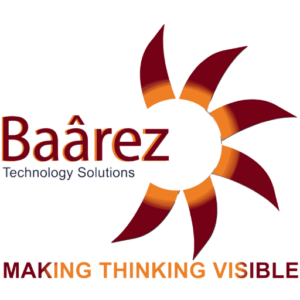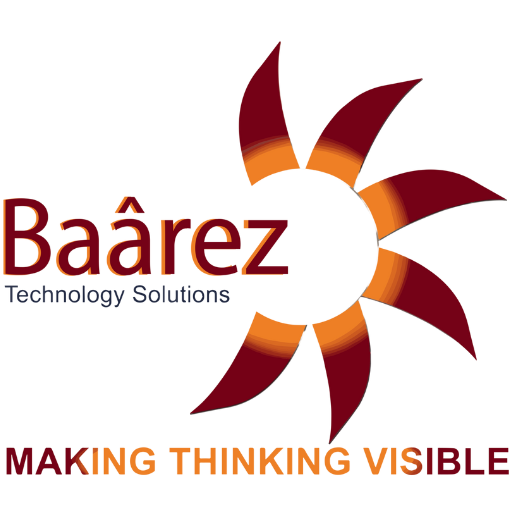
In today’s interconnected digital landscape, businesses rely heavily on third-party vendors and partners to streamline operations, enhance services, and drive innovation. However, with this increased reliance comes inherent risks. Any compromise in the security or integrity of these third-party relationships can have detrimental effects on a company’s reputation, finances, and overall business continuity. This is where third party risk assessments play a crucial role.
Table of Contents
ToggleUnderstanding Third-Party Risk Assessments
Defining Third-Party Risk
Before delving into the intricacies of third-party risk assessments, it’s essential to grasp the concept of third-party risk itself. Third-party risk refers to the potential risks posed by individuals, organizations, or entities that are external to your own organization but have access to your systems, data, or resources.
The Importance of Third-Party Risk Assessments
Third-party risk assessments are systematic evaluations conducted to identify, analyze, and mitigate risks associated with third-party relationships. These assessments are vital for safeguarding sensitive data, ensuring regulatory compliance, and maintaining the overall security posture of an organization.
Key Components of Third-Party Risk Assessments
Identification of Third Parties
The first step in conducting a third-party risk assessment is identifying all external parties that have access to your organization’s systems, data, or infrastructure. This includes vendors, suppliers, contractors, and service providers.
Risk Evaluation
Once third parties are identified, the next step is to assess the level of risk associated with each relationship. This involves evaluating factors such as the nature of the services provided, the sensitivity of the data involved, the third party’s security measures, and their regulatory compliance posture.
Due Diligence
Conducting thorough due diligence is paramount in mitigating third-party risks. This may include reviewing contracts and agreements, assessing the third party’s financial stability, performing background checks, and evaluating their security protocols and practices.
Ongoing Monitoring
Third-party risk assessments are not one-time endeavors but rather ongoing processes. Continuous monitoring of third-party relationships allows organizations to stay vigilant against emerging threats, changes in the third party’s operations, or regulatory updates that may impact risk levels.
Implementing Third-Party Risk Assessment Strategies
Establishing Clear Policies and Procedures
Developing comprehensive policies and procedures governing third-party relationships is essential for ensuring consistency and accountability across the organization. These policies should outline risk assessment protocols, due diligence processes, and guidelines for vendor management.
Leveraging Technology Solutions
Utilizing advanced technology solutions can streamline the third-party risk assessment process and enhance efficiency. Automated risk assessment tools, vendor management platforms, and data analytics software can help organizations identify potential risks more effectively and manage them proactively.
Cultivating a Culture of Security Awareness
Fostering a culture of security awareness among employees is critical for mitigating third-party risks. Training programs, awareness campaigns, and regular communication about cybersecurity best practices can empower employees to recognize and report potential threats or vulnerabilities.
Conclusion: Navigating the Complexities of Third-Party Risk
In conclusion, third party risk management solutions are indispensable tools for modern businesses seeking to mitigate the inherent risks associated with external partnerships. By understanding the key components of third-party risk assessments and implementing effective strategies for identification, evaluation, and mitigation, organizations can safeguard their assets, protect their reputation, and maintain the trust of their stakeholders.
Remember, in today’s digital landscape, the security of your organization is only as strong as the weakest link in your third-party relationships. Investing in robust third-party risk assessment practices, such as Baarez Technology Solutions VerifAI product, can provide the peace of mind and assurance you need to navigate the complexities of the modern business ecosystem with confidence.


